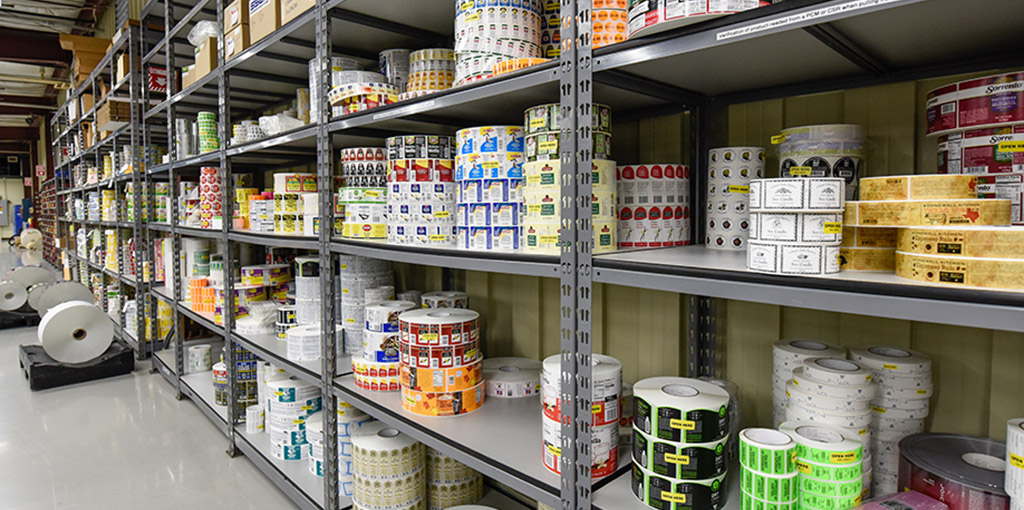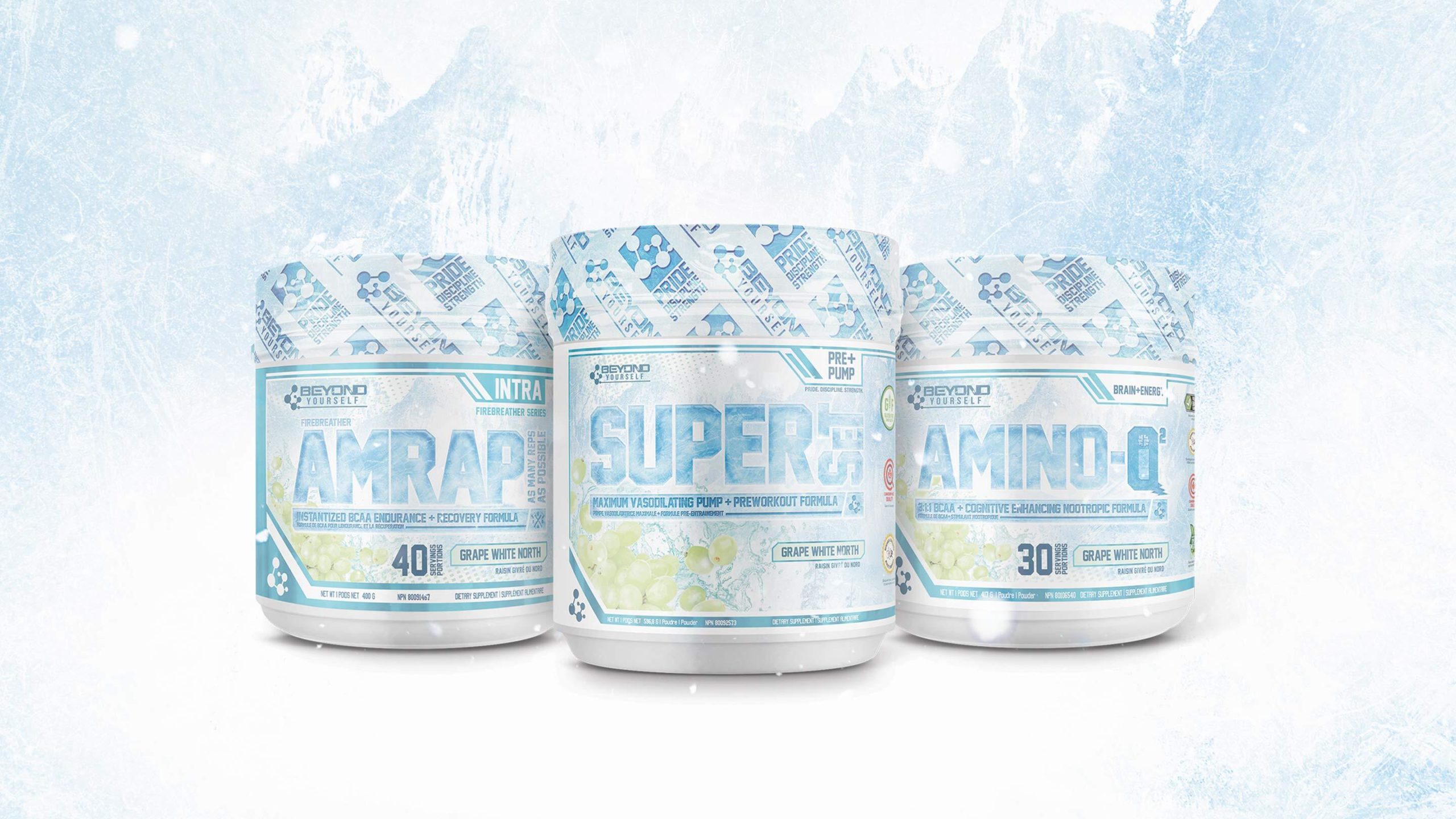Taking the risk out of packaging inventory management

Maintaining the proper level of packaging materials at your facility is an exercise in tight-rope walking. If you overcorrect in one direction, you incur undue risk. Overcorrect in the other and you incur undue cost.
A label stock-out, for example, can have a catastrophic impact on your bottom line — you can’t, after all, ship and sell un-labeled products. But there’s also a substantial cost involved in warehousing excess safety stock. Striking the balance between those two extremes is a matter of profit-or-not, and it shouldn’t be left to chance.
That’s why suppliers of labels and other types of packaging offer vendor-managed inventory (VMI) programs: To strategically eliminate supply risk for key accounts.
Two common approaches to packaging inventory management
VMI programs are contractual agreements that use historical data to forecast future demand, aligning production and delivery around anticipated packaging needs. The client commits to using an agreed-upon number of labels and the supplier assumes responsibility for warehousing and delivering those labels based on the parameters outlined in the agreement.
These programs are designed to mitigate risk and reduce overall costs, ensuring you have the right stock levels when you need them.
As a label manufacturer, we find that two general types of inventory management agreements meet the needs of our enterprise clients: Make-and-hold programs and min/max agreements.
Make-and-hold programs
In a make-and-hold program, we’ll work with you to forecast your label needs over a given timeframe (e.g., month, quarter, semi-annually). Then we’ll produce all the labels you’ll need, storing them at our facility and releasing them on demand over a set interval.
Say, for instance, you anticipate needing 250,000 labels throughout the second quarter. After receiving your purchase order, we will produce all of your labels at once and deliver them to your facility in a series of scheduled deliveries between April 1 and June 30.
Min/max agreements
In a min/max agreement, we plan our production runs to keep our on-site stock of your label products between an agreed-upon minimum and maximum level over a specified timeframe. Those levels will be based on your average label usage.
At any point, you can request your finished label stock to be released and your order will be delivered. If any release order forces our in-house stock to go below the predetermined minimum level for any of your label products, we will produce more.
There are two unifying themes between these approaches:
- Available stock of finished labels at our facility
We will produce and warehouse a predetermined number of finished labels, eliminating the need to keep high safety stock levels at your facility. - Just-in-time delivery of labels
All release orders will be delivered quickly. Depending on your facility’s proximity to one of our 17 North American press sites, your labels could arrive as soon as two days after you release them.
Of course, the terms of each client’s program will be molded around their specific supply requirements and will evolve as their labeling needs do.
Establishing a VMI agreement for your product labels
Designing a program that ensures both security of supply and efficiency (in terms of production costs and delivery timeframes) requires having a clear picture of your brand’s specific labeling requirements.
When establishing a VMI agreement, your converter should ask a series of questions to get at the root of your label supply challenges:
- Are there any commonalities across labels for your product families? If so, producing similar labels together could optimize production efficiency and help you get a better value on your label orders.
- What’s the risk of artwork obsolescence for this product line? Understanding how often ingredient information or artwork is liable to change will help us plan your program in a way that minimizes the risk of having a large inventory of obsolete labels.
- Does demand for this product (or family of products) fluctuate seasonally? We’ll model your inventory management program around supply needs. If, for instance, you require larger quantities of labels during the summer months, we’ll design your program accordingly.
- What are your delivery requirements? We can either release your inventory on-demand (order 5,000 labels on a Friday, get them on Monday), or at set intervals (deliver 10,000 labels every Monday for the next six weeks).
- How do you plan and sequence your product production? How do you stage or sequence materials (including labels) for your production schedule? Your answers here help us optimize production planning, guiding when we need your usage and release information, when we time label production and how we plan deliveries.
Basically, we’ll try and uncover the information we’ll need to mold our service capabilities around your needs with the end goal of creating a seamless label supply experience for you.
The underlying value of inventory management relationships
The success of any VMI program hinges on regular, transparent communication. And, to take a broader view, so does any packaging supplier relationship.
The regular cadence of communication required to manage an inventory program strengthens the link between supplier and brand. The constant flow of communication allows us to take a holistic approach to optimizing your labeling spend, as opposed to dealing tactically with purchase orders as they come in.
By the time we’ve established a routine, everything will run like clockwork. We’ll talk regularly, deliver your labels in agreed-upon intervals and, ultimately, you’ll worry less about labels and more about everything else it takes to get your product out the door and into the hands of consumers.
If you would like to learn more about our enterprise-level inventory management services, don’t hesitate to reach out.
Find the best solution that makes the most sense for your brand.
Tags:


